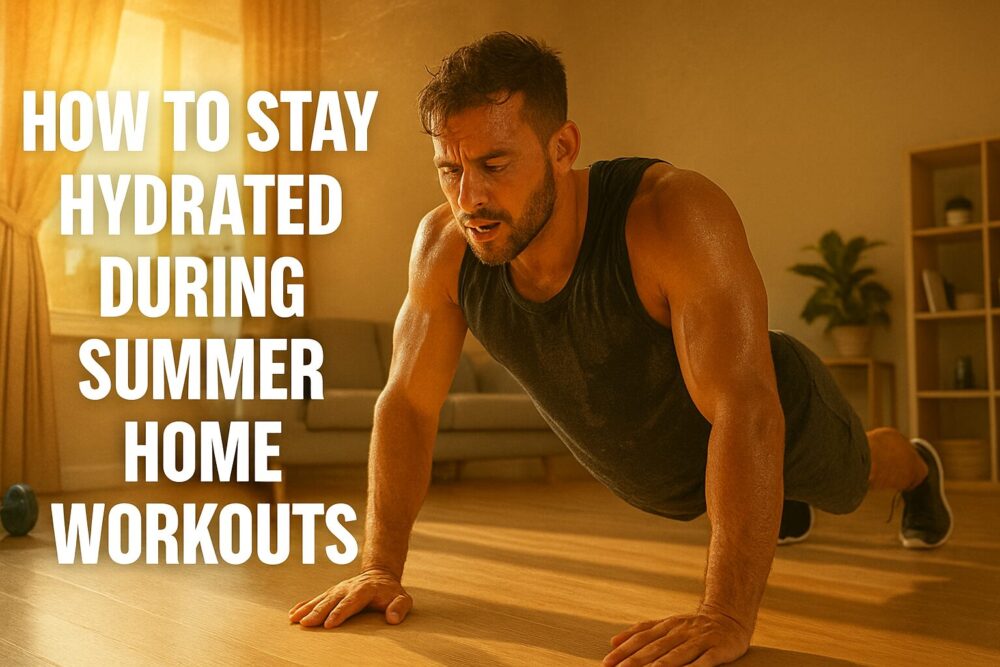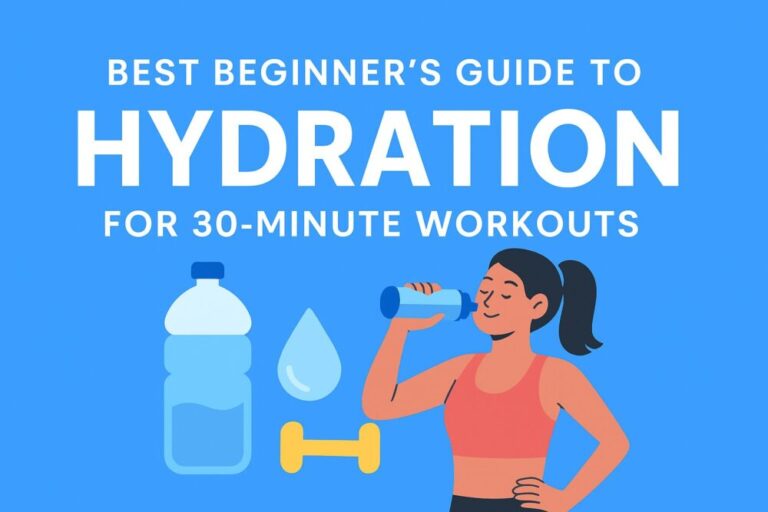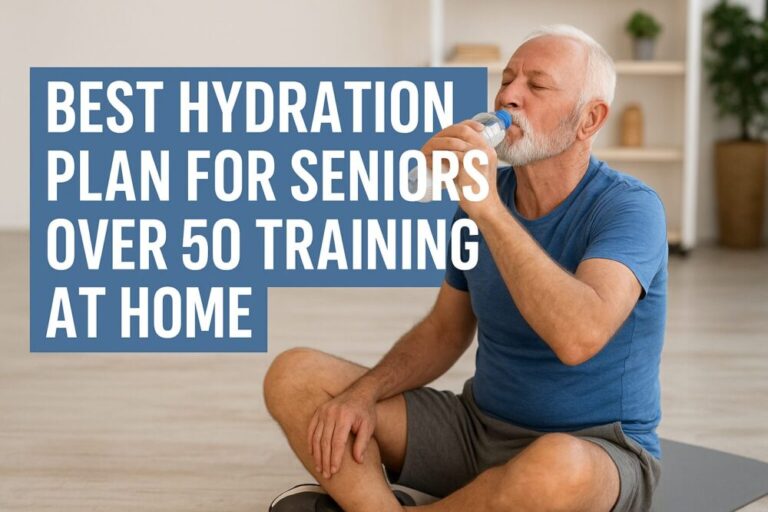Training at home during the heat of the summer can quickly turn from invigorating to draining without proper management of hydration needs. So, the How to stay hydrated during summer workouts at home question isn’t just about sipping water, staying hydrated requires understanding your body’s requirements for fluid replacement efficiently and preventing performance decline due to dehydration.
No matter where you train, hot temperatures raise your core temperature faster, increase sweat loss, and can leave you fatigued or lightheaded if proper hydration strategies aren’t followed.
We will cover why proper fluid intake matters even more in summer conditions, the special challenges associated with home training programs, and how to calculate exactly how much water is necessary for peak performance.
In this guide, we’ll also cover why home training poses unique difficulties that require extra consideration, such as planning proper hydration strategies.
How to Stay Hydrated During Summer Home Workouts: Critical Factors
Hydration isn’t simply about feeling good, it’s also an essential component of performance and safety. Water regulates body temperature, lubricates joints, transports nutrients and flushes out waste products from your body, essential functions when working out in hot temperatures where sweat rates increase quickly resulting in fluid loss.
Dehydration affecting just 2% of bodyweight can significantly compromise physical performance, reduce strength output, and increase perceived exertion. Dehydration also compromises cardiovascular function – making workouts harder than intended.
Studies demonstrate the value of maintaining proper fluid balance to enhance endurance, improve muscle recovery, and prevent heat-related illnesses. This is especially beneficial when training in environments with limited airflow or cooling options – such as home gyms.
Unique Hydration Challenges in Home Settings
Many may mistakenly believe dehydration to only be a problem during outdoor training sessions, but home workouts in summer present their own unique hydration challenges:
- Limited ventilation: Without fans or air conditioning, your indoor space can trap heat, raising sweat loss without you realizing it.
- Sweat underestimation: Training indoors sometimes makes sweat less noticeable, leading to under-hydration.
- No structured breaks: At home, you may not take the same rest intervals as in a gym setting, skipping natural hydration opportunities.
These factors can combine to create a slow, unnoticed dehydration spiral, affecting performance, mood, and recovery. By the time thirst kicks in, you may already be behind on your fluid needs.
These factors can combine to produce an undetected dehydration cycle – impacting performance, mood and recovery in equal measures. By the time thirst sets in, your fluid requirements may already have been neglected.
What Amount Of Water Do You Actually Need For Summer Workouts At Home
There’s no one-size-fits-all answer when it comes to how much water should be drank during home workouts during summer workouts at home, your individual requirements depend on factors like: body weight, activity level, intensity of workouts and sweat rate, temperature/humidity in training space as well as weather/humidity conditions in your training area.
Customized solutions like our free Water Intake Calculator are invaluable tools, providing a personalized approach and helping to identify an exact daily water target based on both workouts and lifestyle factors. In less than a minute, this tool allows users to find their exact daily intake target with just a click!
Scientific evidence supports this personalized approach:
The National Academies of Sciences, Engineering, and Medicine emphasize that water needs can vary widely depending on climate and activity level (source).
Another study from the Journal of International Society of Sports Nutrition reveal that sweat rates during exercise in hot weather range from 0.5 liters per hour up to over 2.0 liters, underscoring the need for tailored hydration strategies (source).
These findings demonstrate the value of an accurate hydration plan when training in hot and humid conditions, especially under heat stress.
Hydration Guidelines for Pre, During, and Post Workout
Water consumption during training should not only include total intake; timing can also be of equal importance. Here’s a breakdown based on sports hydration research:
Before Beginning Training
Prior to your workout, aim for 400-600ml of water approximately 30 minutes prior. This will ensure your body starts off hydrated without feeling bloated.
While working out
Aim for 150-250ml every 10–15 minutes, depending on the rate of sweat production. If performing an intense high intensity session in extreme heat conditions, replenish electrolytes lost through sweat with drinks that contain electrolytes to replace sodium lost from sweating.
After your workout
try replacing 1.5 times the fluid lost. To gauge this accurately, weigh yourself before and after exercising; each kilogram of weight lost is roughly equivalent to one liter of fluid needed. Water with post-workout snacks may aid absorption.
To get a deeper breakdown on timing and volume, read our comprehensive article: Pre-Workout, During, and Post-Workout Hydration.
Warning Signs of Dehydration
Hot summer workouts can rapidly lead to dehydration. Be alert for these early indicators:
- Increased fatigue or the feeling that training has become “heavy”
- Your mouth could have dryness or excess saliva production that leaves it sticky.
- Dizziness or lightheadedness
- Muscle cramps or reduced urine output
If any of these symptoms appear during a workout session, stop immediately and hydrate immediately – severe dehydration can lead to heat exhaustion or heat stroke, both medical emergencies.
Conclusion
Staying hydrated during home summer workouts can make a tremendous difference in your fitness results. Hydration supports endurance, helps prevent overheating, speeds recovery, and ensures you perform at your best even during the warmest months.
Estimating your water intake leaves too much up to chance. With proper data in hand, however, you can create a personalized hydration plan tailored specifically to your body type, workouts, and home environment.
No more need to ask: How to Stay Hydrated During Summer Home Workouts? Use Our Water Intake Calculator and Achieve a Custom Hydration Goal within 1 minute! For further insight into fluid balance and performance, read Our Ultimate Guide to Hydration for Home Fitness Enthusiasts.







